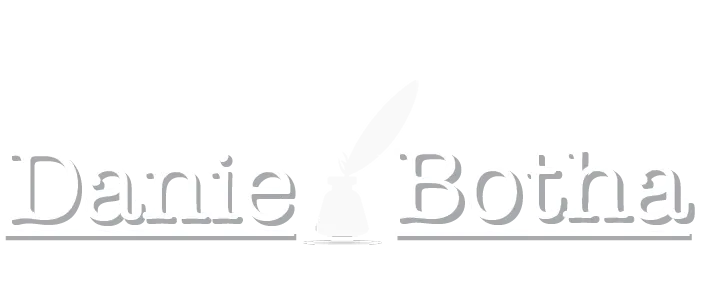Here’s how I use poetry to heal hurts and find focus faster.
Life is good. Life is also hard.
And still, many of us hurt. Trauma affects us all differently. We heal differently. And not all wounds are physical. Emotional and mental wounds are just as real as physical ones—they matter. In previous articles, I have shared how writing has the power to heal us, including the writing of poetry.
Oh, and poetry is not dead.
I have found writing poetry, compared to other types of writing to be similar to High-Intensity Interval Training (HIIT), compared to more leisurely exercise.
One can jog for an hour (outside or on a treadmill) at a relaxed pace, or one can do short bursts of high-intensity exercise and achieve a similar result. Yes, for busy people, there are even ONE-minute HIIT exercise programs with scientifically proven benefits.
This is what I mean: poetry is an art form where the writer applies the economical use of words. Every word matters. Also, the words implied or left out. It reminds one somewhat of the initial requirement for twitter. Each tweet, each message, had to comprise of 144 characters or less.
So it is with poetry—brevity is boss. Brevity is better.
Add to that, applying meter, rhyme, and metaphor, as well as alliteration and assonance, and the writer (poet) creates word-pictures.
The discipline of poetry is different: it is more intense than merely writing prose or nonfiction. With a poem, one has fewer lines to tell a story in—often in as little as five to fifteen lines to get the message across.
With a short story, one has up to 7,000 words and with a novel 60,000 – 80,000 words or more to work with.
This is why writing poetry works like HIIT (exercise) for me:
- It goes deeper faster—it gets to the hurt, the issue sooner
- It forces me to be honest—take off the mask!
- The task: face the problem; tackle the main issue
- Finding metaphors forces me to look at the issue at hand from various angles
- Applying brevity (fewer words) does the same—deeper reflection
- Due to the intensity and all of the above, fresh perspective is found sooner
- By adhering to meter, rhyme, alliteration, and assonance, further discipline is imposed and can lend a musical quality to the work.
To clarify—I’m a beginner poet. I am learning as I read and write poetry—honing my craft. I am making no claims other than what I’ve found (surprisingly) to work for me, and I believe, can also be of value to my reader.
Since the middle of last year when I lost both parents within ten days of each other, and with increasing workplace stress, writing (poetry) has saved me. And in the last couple of months, the stress has multiplied. Writing poetry, intense exercise, input from friends and my faith in God’s faithfulness has been part of the ongoing healing process.
However, it is important to keep in mind: for writing to “heal” and restore us, the writing has to be such, as not to dwell on the pain. One has revisited the past, the hurt, but the goal is to “build a verbal ladder” (or a bridge), out of the dark pit of despair and hopelessness.
One has to grow from victim to survivor and then keep growing to become a victor. I am not claiming it is easy. For it is not. It is a growth process. Each week, often each day, I have to make peace again. Find victory again. The path is forward.
Allow me to illustrate with the last stanza of Building Ladders:
A ladder also needs a rung or ten,
another page of writing one must pen
about the hurt, the horror, and the past;
yet, don’t linger there. Onwards! Writing fast
less shadows it will cast, about today,
the hopes, the dreams—the second side rail stay.
Climb from the bottom of the pit to light.
Easy? No. Choose hope; life—oh, it’s a fight!
•••
Many, readers and writers alike, believe poetry is dead. That is simply not true. There is a resurgence of interest in poetry, and young poets like Rupi Kaur has shown how poems can go viral and touch and impact people. Anne Peterson is a living example that poetry is popular and that one can make a living from writing poetry.
Since life is a complex mix of joy and sadness and many of us keep hurting, struggling not to give up—exploring the healing aspects of writing is worthwhile and recommended.
Call to Action:
Try your hand at poetry. You may discover, as I have, it works similar to High-Intensity Interval Training. It is a discipline you can learn.
Writing can save your life!
Thank you for reading!
A longer version of this article is also on Medium.com
Take a look at a collection of my short nonfiction tales here!
You can also find a FREE copy of my short story, Young Maxime here. (It is the prequel to my novel, Maxime.)
References:
- 5 Unexpected lessons learned from writing poetry. Danie Botha. Dec 21, 2017
- Article on daniebotha.com: Discover the healing power of writing Part I. Nov 15, 2018.
- A poem. On Faith, Failure and Other Foibles. Danie Botha. Medium.com
- Building Ladders. A poem. Danie Botha. Medium.com
- Anne Peterson. Want your poetry in stores? Here is what I did. Thriveglobal.com
© 2018 DanieBotha.com. All rights reserved.
Image by Martin Barák on unsplash.com


